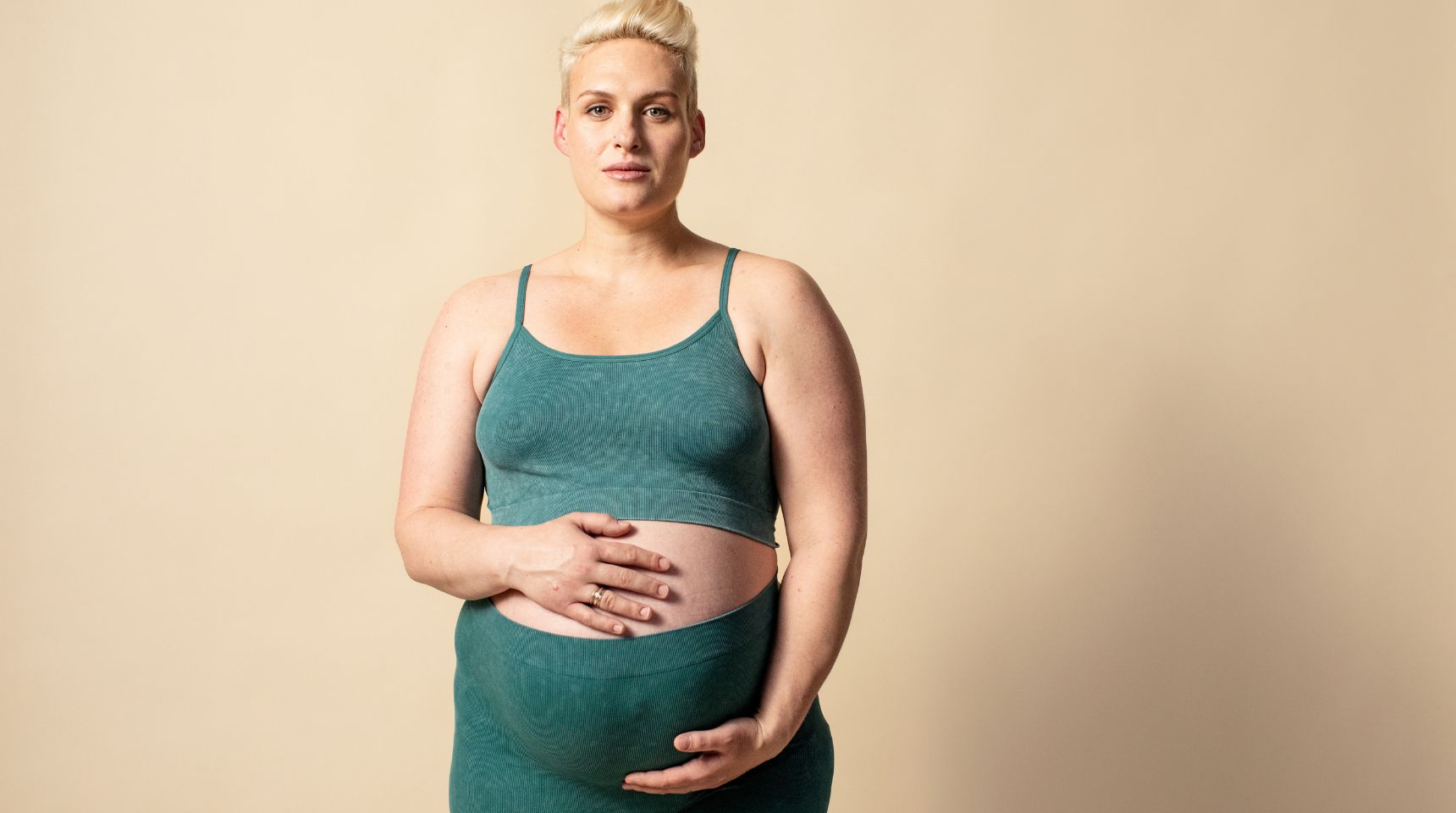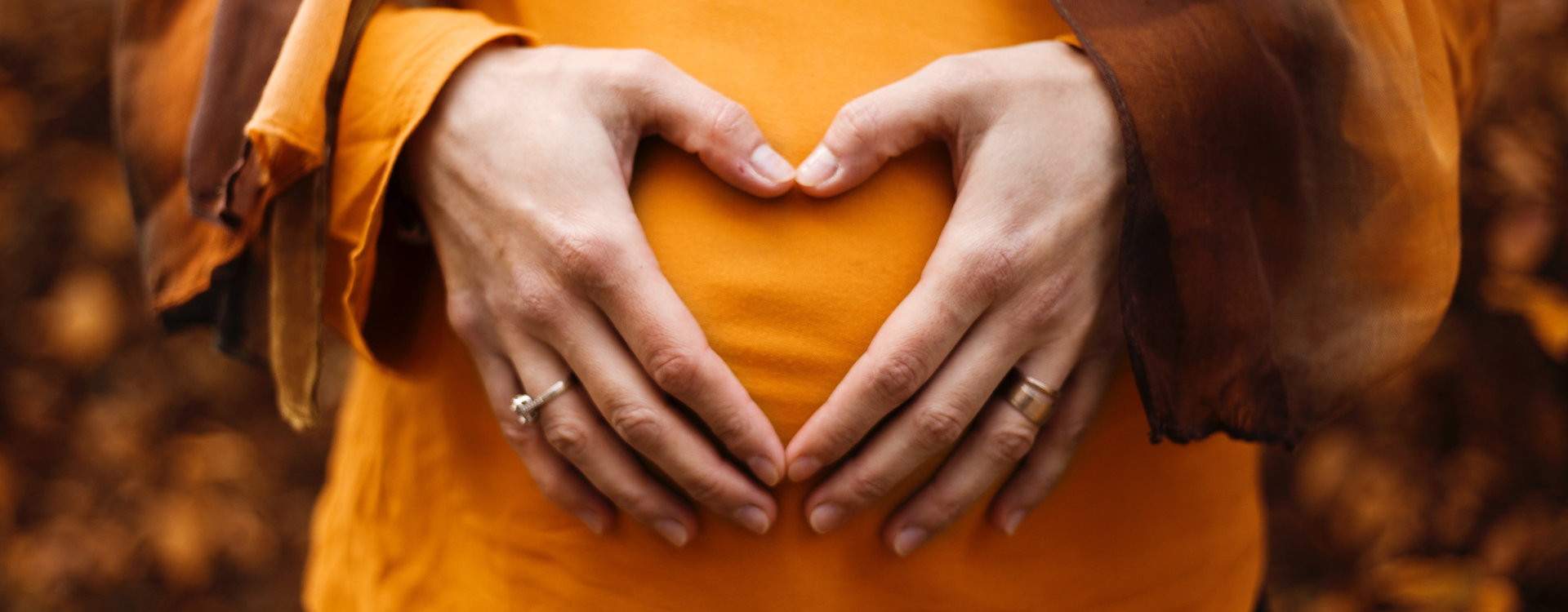You’re going about your business when you feel a familiar tingle. You look down and there it is: two wet spots on the front of your shirt. (Thank goodness someone else didn’t notice it first!)
Many nursing mamas can relate to this dilemma. Leaking breastmilk is exactly why a certain baby registry staple—the nursing pad—was invented. But with many choices of nursing pads out there, you may be wondering, what’s the difference?
Here’s why nursing pads are so handy, and all about the two main types: washable nursing pads and disposable.
That Leaky Feeling
Leaks are a very normal part of breastfeeding—it means your body is making milk!
You want your milk to flow when it’s time to feed or pump, but what’s with the leaking in between? If you’re in the early stages of breastfeeding, it could just be that your body is adjusting its levels of oxytocin, the hormone responsible for your let-down. Leaks will ease up once your supply is established, but they can happen anytime as long as you’re producing milk.
You might leak because you’ve got a really full supply of milk, or because you’re overdue for a feeding. For some mamas, even thinking about their baby or hearing them cry can trigger that milk ejection reflex (hey, mind-body connection!). Nursing on the regular will help your body balance things out, but again, leaks may still happen from time to time.
When that little bit of breastmilk leaks through your bra and clothing, things can get a little awkward. That’s where nursing pads come in. They quickly absorb that leaked milk, protecting your breasts and keeping your clothing dry—and saving you from this potentially distressing part of motherhood.
And mama, you’ve got options. Let’s take a look at the two categories of nursing pads and their pros and cons.
Washable Nursing Pads

Washable nursing pads are just that: products you can wash and reuse. They typically come in sets so you can always have some in use while the rest are in the wash (with lots of other laundry to keep them company, right?). Washable pads are a good choice once your milk supply is well established, because you generally leak less.
Pros:
- Some women find washable pads to be softer and more comfortable than disposables.
- They reduce waste—a definite win for the environment.
- They may be thinner and more discreet. The better the pad fits your breast, the less noticeable it is under clothing.
- Lansinoh washable nursing pads are durable and cost-effective.
Cons:
- Washables are a little less convenient if you’re out and about or traveling. You’ll want to keep an extra pair in your bag so you can change wet pads promptly and store your wet pads for washing later.
- Lansinoh washables are much more absorbent than other washable pads, but all washables are less absorbent than disposables.
- You do need to remember to wash them. (Ours come with a mesh wash bag to make this part easy and to ensure they don’t disappear along with the socks!)
Disposable Nursing Pads

Like typical diapers, disposable nursing pads are for one-time use. They have an adhesive strip to keep them in place. Consider these during the early days of breastfeeding, when your body is getting the hang of things, or when you’re out and about and need a new pad, quick! They’re also great for mamas who experience heavy leaking because they are so absorbent.
Pros:
- Disposables are very convenient. You can have lots on hand and change them whenever you need to.
- They are super-absorbent and virtually leak-proof.
- Lansinoh’s popular disposable pads are contoured for a great fit that’s also discreet.
Cons:
- By definition, they create more waste than washable pads.
- You’ll need to keep replenishing your stash as you use them, and like diapers, over time, this can be more expensive than using washables.
Two Ways To Stay Dry
The thing about nursing pads is, you don’t have to choose! You might find that a combination of both works well, using washables when you’re at home and disposables when you’re on the go. Just remember to change your nursing pads whenever they get wet to maintain healthy skin.

UP NEXT: Using A Silicone Breast Pump
All content found on the Lansinoh.com website, including: text, images, audio, or other formats were created for informational purposes only. The content is not intended to be a substitute for professional medical advice, diagnosis, or treatment. Always seek the advice of your physician or other qualified health provider with any questions you may have regarding a medical condition. Never disregard professional medical advice or delay in seeking it because of something you have read on this website.










